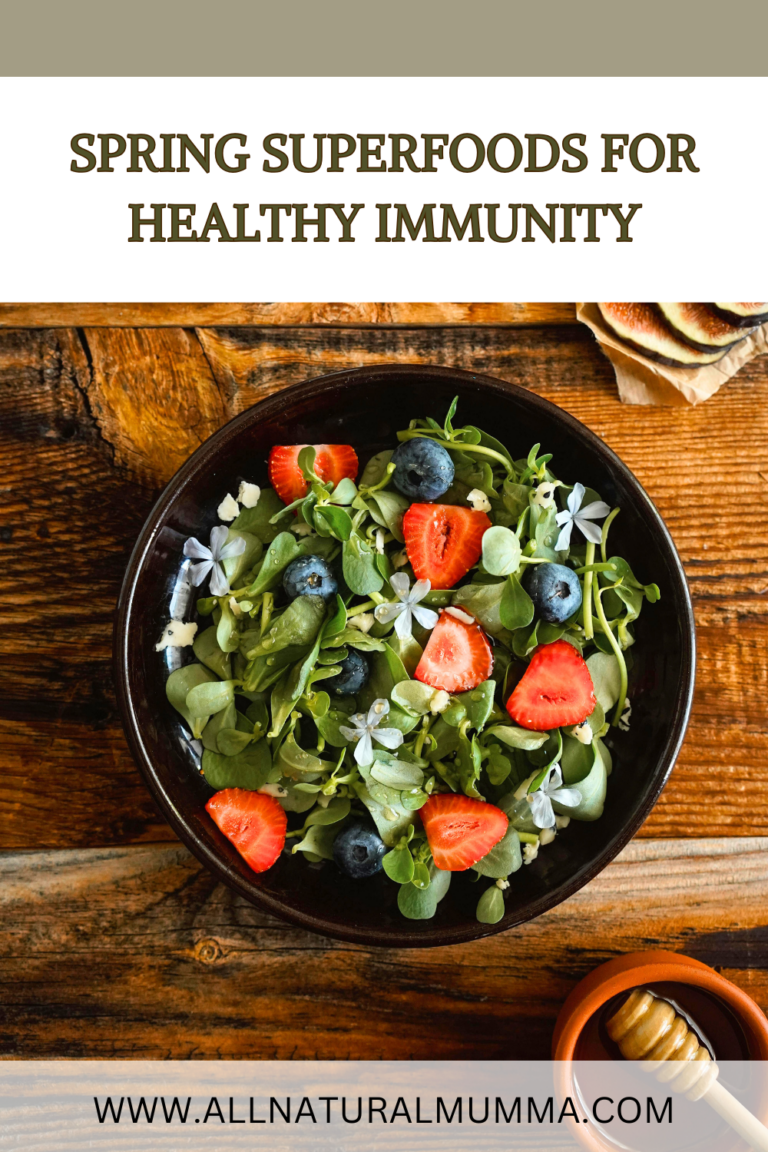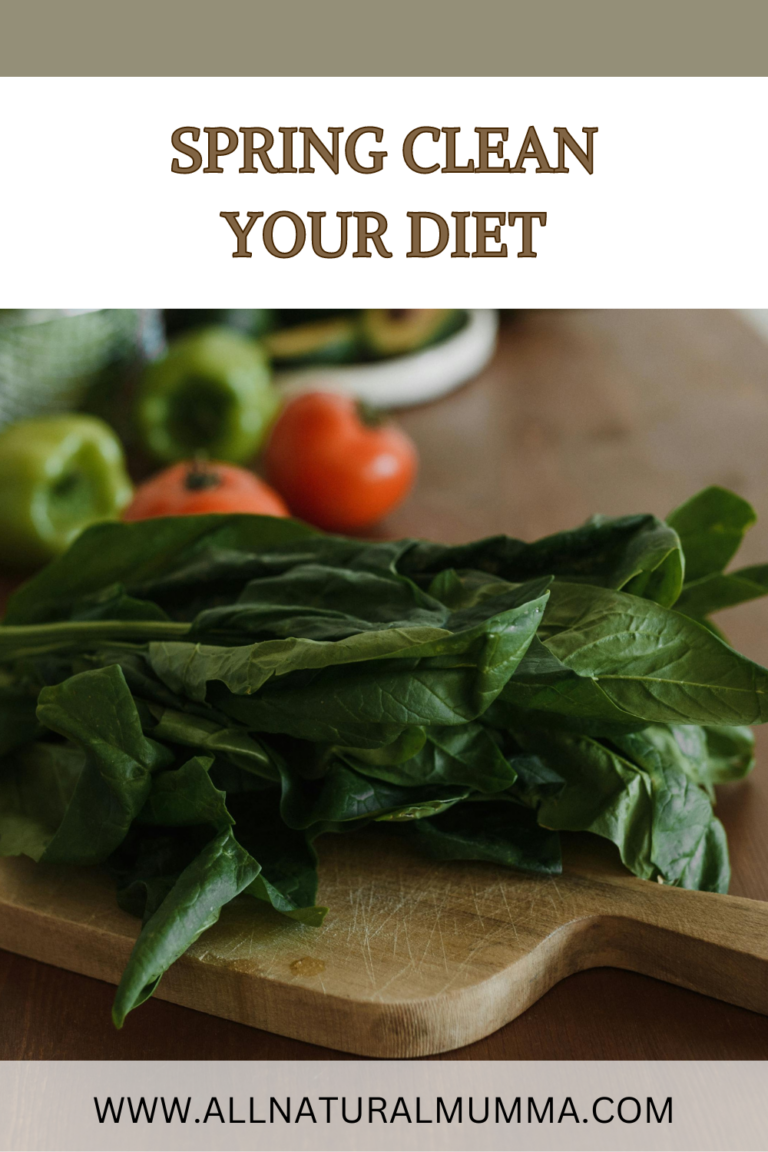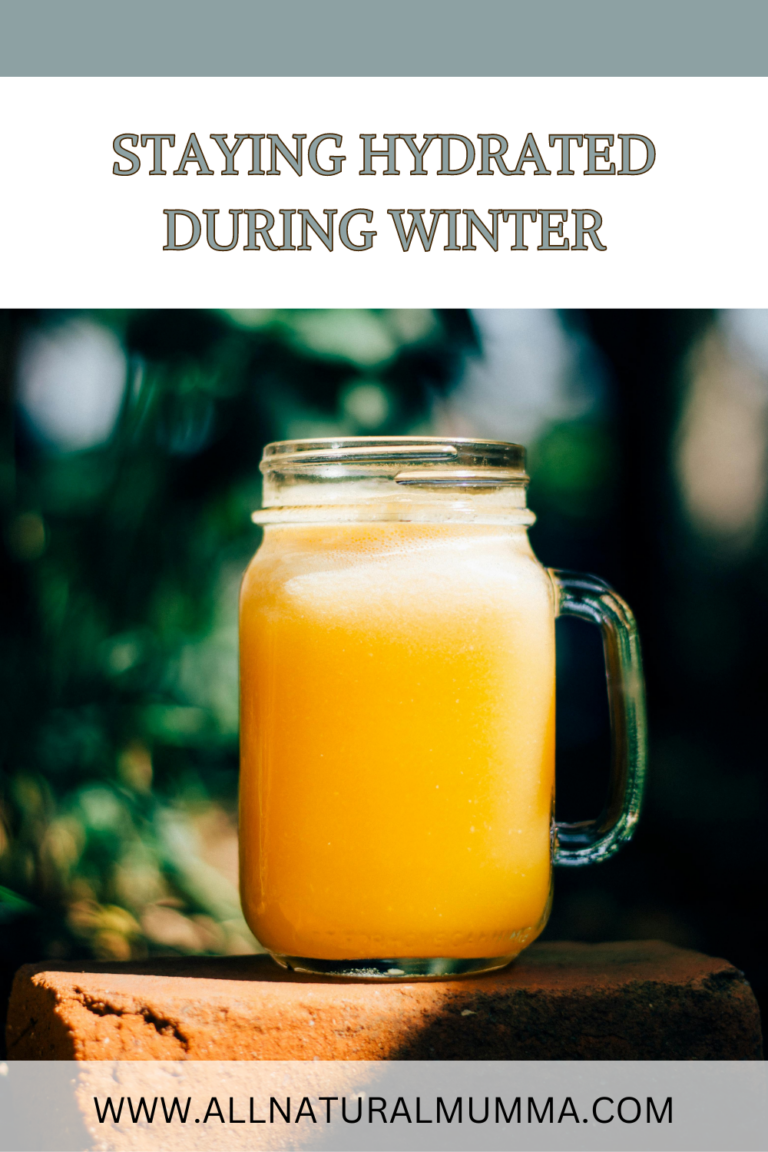The holidays are a whirlwind of joy, celebration, and indulgence—but once they’re over, many of us are left feeling utterly drained. If you’re caught in the post-holiday haze, know that you’re not alone. The exhaustion you’re feeling is completely normal, and there are ways to navigate it with grace and intention.
WHY YOU’RE FEELING TIRED
- Holiday Indulgence: All those festive treats and sugary delights can leave you feeling sluggish and off-balance.
- Disrupted Routine: Late nights, irregular schedules, and a break from your usual rhythm can take a toll.
- Seasonal Stress: The build-up to Christmas and the end-of-year rush often leave us mentally and physically drained.
Here’s your post-holiday survival guide to help you bounce back and start the new year feeling refreshed:
HONOR YOUR NEED FOR REST
Listen to your body and give it the recovery time it needs. Take naps, enjoy gentle walks, or engage in device-free activities that refresh your mind. Quiet reflection or light reading can also help restore your energy. Remember, rest is productive too.
CELEBRATE YOUR SUCCESSES
Take a moment to reflect on the wins of the past year, both big and small. Write them down and celebrate what went right. Practicing gratitude helps shift your focus to positivity and sets the tone for the year ahead.
SET YOUR INTENTIONS
As you look ahead to 2025, take some time to envision what you want your life to look like this time next year. Set meaningful goals that excite you and align with your values. Recommitting to your aspirations will reignite your motivation.
EASE BACK INTO YOUR ROUTINE
Start small as you recalibrate your daily rhythm. Simple steps like planning easy, balanced meals or organising your space can help you feel back on track. Focus on the habits that worked well before and gradually reintroduce them.
Your body and mind need this week to recover from the holiday hustle, prolonged stress, and dietary indulgence. Be gentle with yourself as you transition out of the festive season and into a fresh start. With a little care and intentionality, you’ll be ready to embrace all the possibilities the new year has to offer.












